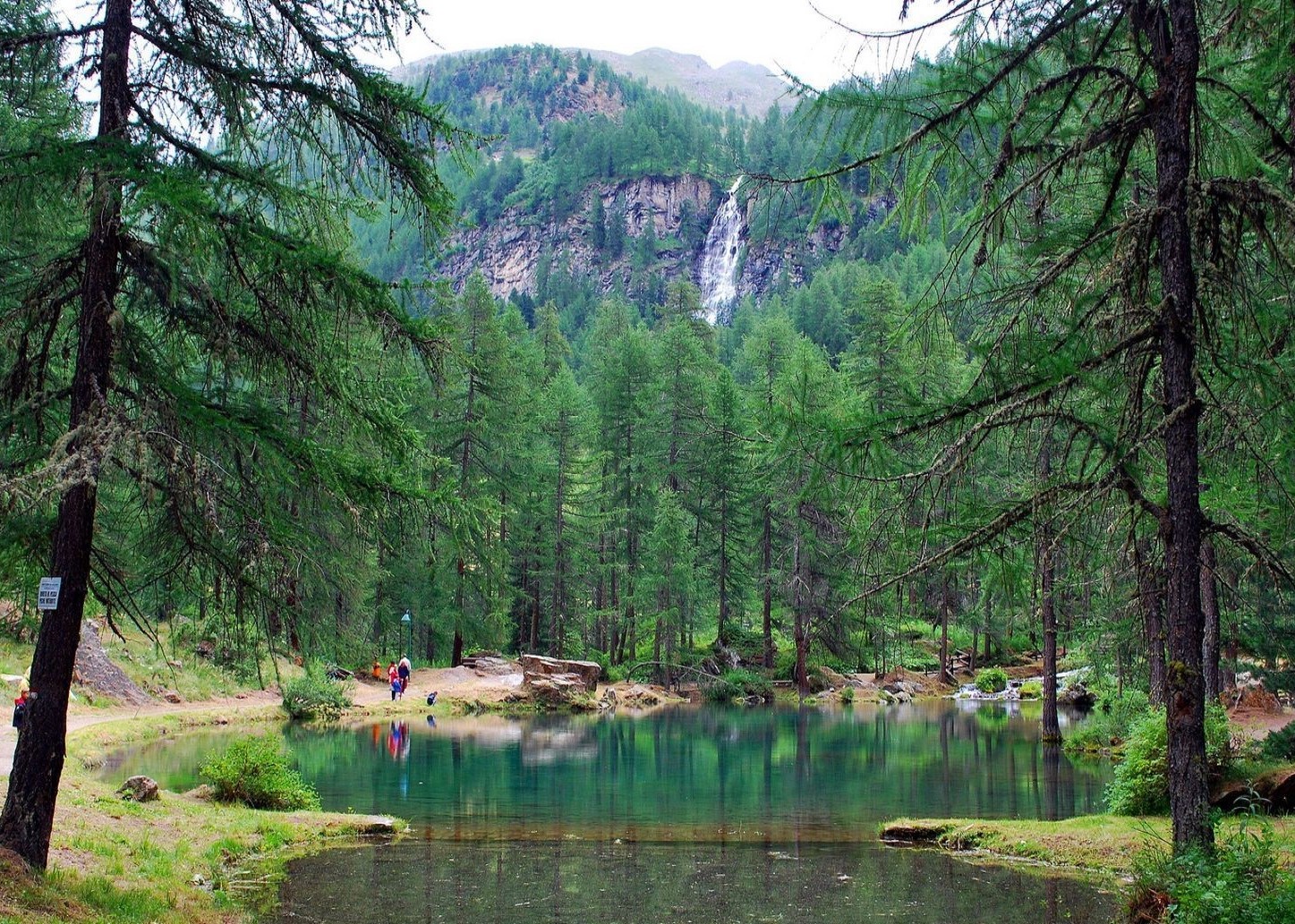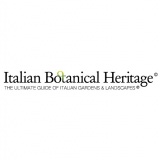
 Italian Botanical Heritage
Italian Botanical Heritage
Italian gardens: Gran Paradiso National Park
- WTI Magazine #106 Aug 19, 2018
-

 Italian Botanical Heritage
Italian Botanical Heritage
Established in 1922, the Gran Paradiso National Park is the oldest Italian National Park together with the Abruzzo National Park, created a few months later. It is located between the regions of Valle d'Aosta and Piedmont. It covers an area of 71,043.79 hectares, on a predominantly mountainous terrain, in an agricultural landscape that joins the artistic and religious elements, customs and folk traditions, the various activities still practiced today.
There are in fact rock carvings, roads and bridges of Roman origin, medieval churches and castles, royal hunting houses and trails, military buildings and typical Alpine houses: stone buildings with the stable on the ground floor, the house on the first floor and above, the barn.
Each season of the year offers different scenarios. From mid-June to mid-July the flowering is at its peak and it is advisable to visit the Paradise Alpine Botanical Garden, in Valnontey, a hamlet of Cogne, where there are mountain and alpine species. In autumn, the forests become coloured, while begins the love affair period for the chamois. In winter, the snowy territory is perfect for walks with snowshoes and cross-country and mountaineering skis, with the possibility of spotting animals.
The flora
The Gran Paradiso National Park protects an area characterized by a predominantly alpine environment. The mountains of the group were in the past carved and shaped by large glaciers and streams to create the current valleys. In the woods at the bottom of the valley the most frequent trees are larch (Larix decidua), mixed with spruces (Picea abies), stone pines (Pinus cembra) and more rarely with silver fir (Abies alba). As we climb up the slopes, the trees give way to the vast alpine meadows, which are rich in flowers in late spring. Going up again, up to 4061 meters of Gran Paradiso are the rocks and glaciers that characterize the landscape. The park allows you to discover different natural environments, of great botanical and landscape value.
Aquatic environments
On the territory of the Park are present in small extensions, in some cases even punctiform, calm water, such as lakes and ponds, and running waters such as rivers, streams and ditches, inhabited by highly specialized plants, which require soil impregnated with water, or at least rich in moisture.
Humid environments
These are swamps and peat bogs, springs, wet rocks and wet grasslands. Widespread in the Park, especially above the edge of the vegetation of forests and alpine pastures, they are characterized by the constant presence of rock and debris on the surface, resulting in a reduction of the layer of land. In peat bogs and marshes live mainly grasses, reeds and sedges, orchids and small "carnivorous" plants such as the butterwort and the sundew.
The pastures
The park is home to steppe-like meadows, meadow-pastures, high-altitude alpine pastures and snow-covered valleys. The steppe grasslands are herbaceous plant formations typical of grasses and a few dicotyledons, especially on the Valle d'Aosta side, at relatively low altitudes, used by man with rare cases of grazing, mostly sheep. Grassland has a floristic composition, strongly influenced by the production of forage by mowing followed by direct grazing. Municipalities in the territory of the Park, near the inhabited centres of the mountain plain, have a dense and continuous herbaceous growth of Graminaceae and Dicotyledons. The Alpine and high altitude pastures, very common in the Park, occupy all the areas above the limit of the woods. The floristic composition is variable and conditioned by the nature of the substratum and the altitude. Snow valleys are depressions of the soil where snow remains for most of the year, leaving the ground uncovered only a short time (one to three months at most).
The edges of the forests
In the Park, at the edge of the woods, shrubs develop, which can be traced back to three large groups. The first is that of the willow trees on the banks of waterways, at low or high altitudes, characterized by the dominant presence of different species of shrub willow. The second group is that of shrub formations of dry and warm places, mostly consisting of thorny shrubs such as crepe, raspberry, juniper and brambles. The “alneti” (tree plant communities) forests, formations in which dominates the green alder (Alnus viridis), colonize the slopes of the avalanche gullies, the banks of the alpine streams, the lower areas of the moraines. The herbaceous vegetation that grows among the alders is lush, consisting of large-leaved plants.
Above the woods, there are heaths or moorlands, low woody formations, with often discontinuous vegetal coverage, numerous small herbaceous plants, lichens and mosses. They are divided into continental sabina heaths (Juniperus sabina); xerophilous subalpine heaths with dwarf juniper, often accompanied by cranberries and false bilberries; mesophilous rhododendron and black bilberries, cranberries and false bilberries subalpine heaths; alpine heaths of windy areas.
The forests
The forests cover little less than 20% of the total surface of the Park and they have great importance, as shelter for a great number of animal species and natural defense against the dangers of the hydrogeological instability (landslides, avalanches, floods). They are mainly divided into broadleaf and conifer forests.
Broadleaf forests: beech (Fagus sylvatica), typical of the Piedmont side of the Park and completely absent on the driest Valdostan. Maple ravine woods (Acer pseudoplatanus) and lime ravine woods (Tilia platyphyllos), present in a point form in the territory of the Park, in the northern slopes and at lower altitudes, where the conditions of water availability are better. Chestnut groves (Castanea sativa) only present on the Piedmont side, hardly above 1000 metres of altitude, were in the majority of cases conditioned by man's action for both timber and fruit. Pioneer and invasive scrubs: relatively recent, heterogeneous tree formations have developed mainly on sunny slopes once used for agriculture and breeding. The species that most characterize these formations are the tremolo poplar (Populus tremula), the birch, the hazel (Corylus avellana).
Coniferous forests: pine forests with wild pine (Pinus sylvestris): much more widespread on the Valle d'Aosta side of the Park, on poor, rocky soils and exposed to peccetes to the south. Woods dominated by spruce (Picea abies), often mixed with larch (Larix decidua), perhaps the most common within the Park in the middle of the subalpine plane up to 1800-2000 m altitude, the undergrowth consists of heath plants. Larch (Larix decidua) and Swiss pine (Pinus cembra) forests: present at the highest altitudes of the Park, up to the upper limit of the subalpine plane (2200-2300 m); the undergrowth consists mainly of Ericaceae, rhododendrons and blueberries. Larch forests and woods dominated by larch (Larix decidua), mixed with spruce or Swiss stone pine; the undergrowth, if the larch prevails, is very poor in species.